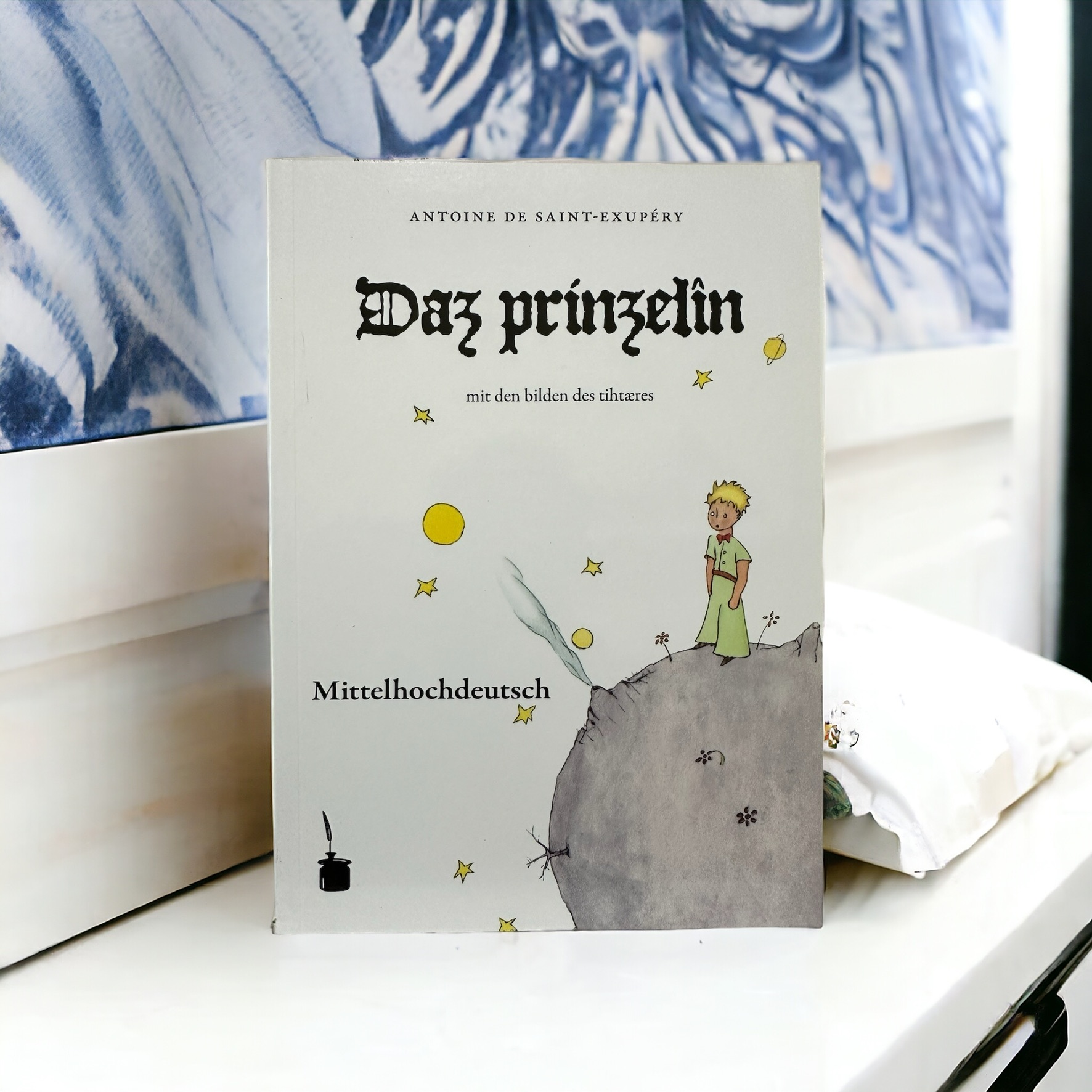Daz Prinzelin — in Middle High German / Mittelhochdeutsch.

Middle High German (MHG) is the term for the varieties of High German spoken and written between approximately 1050 and 1350 CE. This period is characterized by significant linguistic, cultural, and literary developments that bridge the transition from Old High German (OHG) to Early New High German (ENHG) around the 17th century, which eventually evolved into the Modern High German spoken today.
MHG continued the phonetic changes begun in the OHG period, including the further development of the High German consonant shift, which distinguished High German dialects from other West Germanic languages. Vowel length and diphthongs also began to resemble more closely the sounds found in Modern High German.
MHG saw a simplification of the OHG inflectional system, though it retained a complex system of declensions for nouns, pronouns, and adjectives, as well as conjugations for verbs. The case system (nominative, accusative, genitive, dative) remained in use, but the distinctions between some forms began to erode.
The MHG period was marked by the growth of the lexicon, including the adoption of loanwords from Latin, French, and other languages due to increased cultural and economic contacts. This period also saw the development of a more standardized legal and administrative language.
MHG literature reflects a wide range of dialects, but the main dialect groups are similar to those of OHG: Alemannic, Bavarian, Franconian, and Saxony (Upper Saxon). The Middle High German period did not have a standard language in the modern sense, but the Middle High German literary language, used in poetry and literature, was based on a supra-dialectal form that drew primarily from Upper German dialects.
The Middle High German period is notable for a significant increase in the volume of written works, including legal texts, religious writings, and, most importantly, a flourishing of medieval German literature. Notable literary works include:
- The Nibelungenlied: An epic poem that has become a cornerstone of Germanic literature
- Works by Walther von der Vogelweide and Wolfram von Eschenbach, who are among the most important poets and minnesingers of the medieval German-speaking world
- Gottfried von Strassburg’s “Tristan,” which is part of the Arthurian literary tradition
- The “Gesta Romanorum,” a collection of anecdotes and tales that was widely popular across medieval Europe

The MHG period is crucial for the development of the German language and literature. It was a time of linguistic change and standardization efforts, as well as significant cultural exchange with neighboring regions. The literary achievements of this period laid the foundation for the later development of German literature and influenced the formation of a standardised German language in the centuries that followed.


